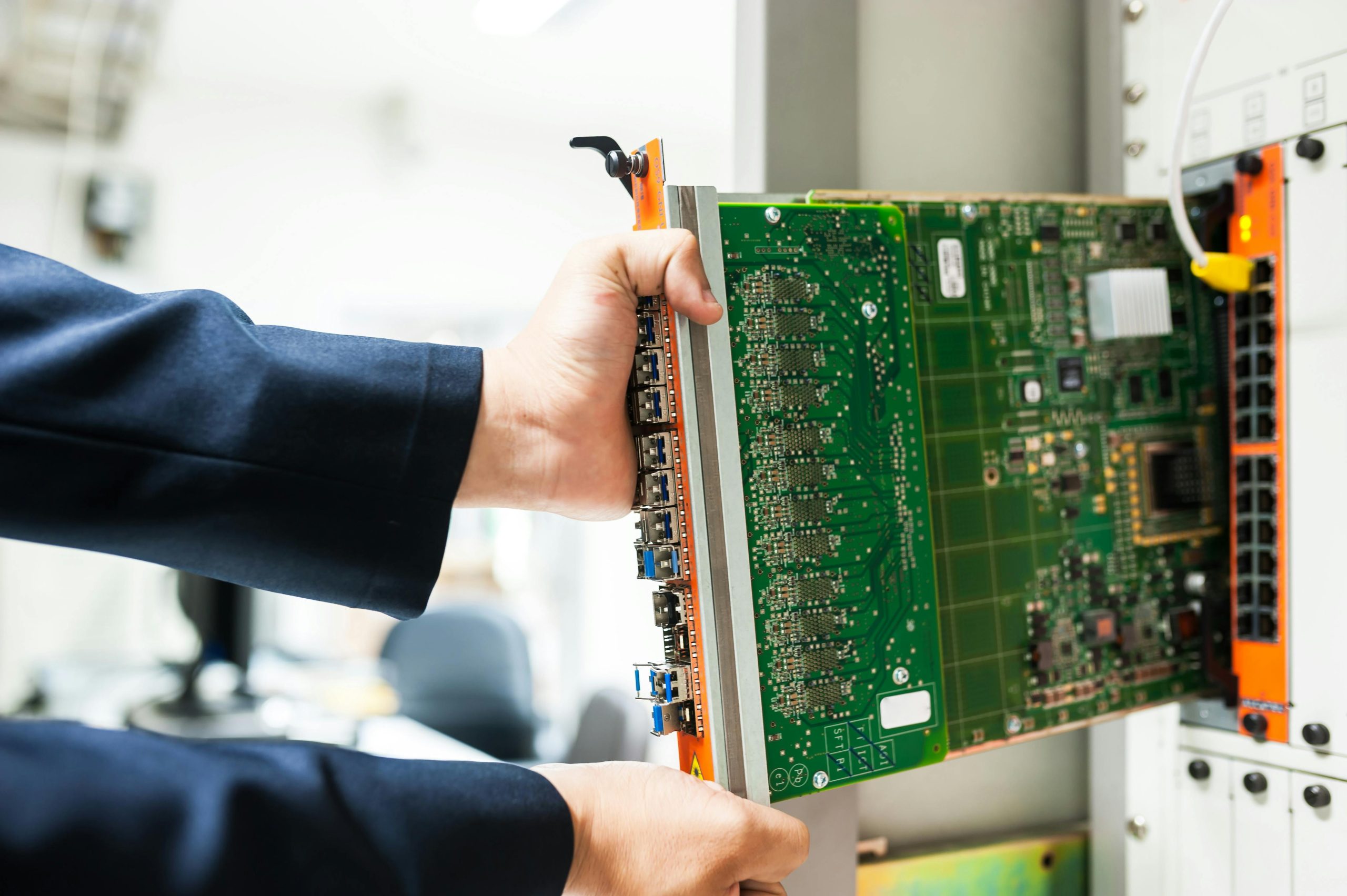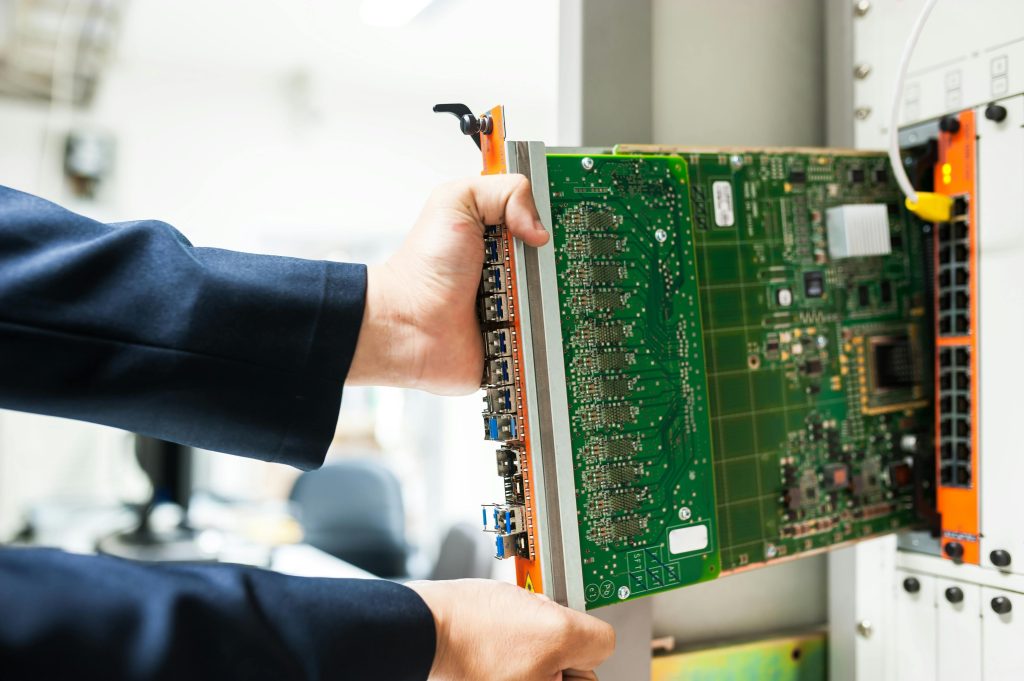Resolving Connectivity Issues: When Your Computer Stops Connecting to Your Home Network
Experiencing sudden network connectivity problems can be both frustrating and disruptive, especially when your devices suddenly refuse to connect via Ethernet or Wi-Fi. If your computer suddenly cannot access your home internet—despite previous stability—it’s important to systematically troubleshoot the issue to identify and resolve the root cause.
Understanding the Problem
In many cases, users report that their computer indicates a connection but lacks internet access. Typical error messages include “Unidentified Network,” “No valid IP address,” or “Unable to connect to this network.” Notably, these issues can occur even when other devices on the same network function normally, and when connecting directly to a mobile hotspot still provides internet access.
Common symptoms include:
- Ethernet connection shows as connected but no internet access
- Troubleshooter indicates no valid IP address on Ethernet
- Wi-Fi connection fails with “Unable to connect to this network”
- Other devices remain unaffected by the issue
Potential Causes
Several factors can contribute to these types of connectivity problems:
- Network Configuration Issues: Incorrect IP configuration or DNS settings
- Adapter Malfunctions: Faulty network adapter drivers or hardware failures
- Router or Modem Problems: Outdated firmware or misconfigurations
- Software Conflicts: Firewall or security software blocking network traffic
- Physical Connection Issues: Damaged cables or ports
Step-by-Step Troubleshooting Guide
- Verify Hardware Functionality
- Test Ethernet cables and ports with different devices to ensure they are working.
-
Confirm Wi-Fi access point and router are operational and other devices connect without issue.
-
Reset Network Settings
- Use Windows built-in commands to reset TCP/IP stack:
netsh int ip reset- For DHCP configuration:
ipconfig /release
ipconfig /renew - Flush DNS cache:
ipconfig /flushdns
- For DHCP configuration:
-
Restart your computer afterward to apply these changes.
-
Check Network Adapter Status
- Go to Device Manager and verify that network adapters are enabled and functioning.
-
Update network adapter drivers to the latest version from the manufacturer’s website.
-
Reset and Reconfigure Router
- Factory reset the router and reconfigure network settings if necessary.
-
Ensure router firmware is up-to-date.
-
Disable and Re-enable Network Adapters
Share this content:



